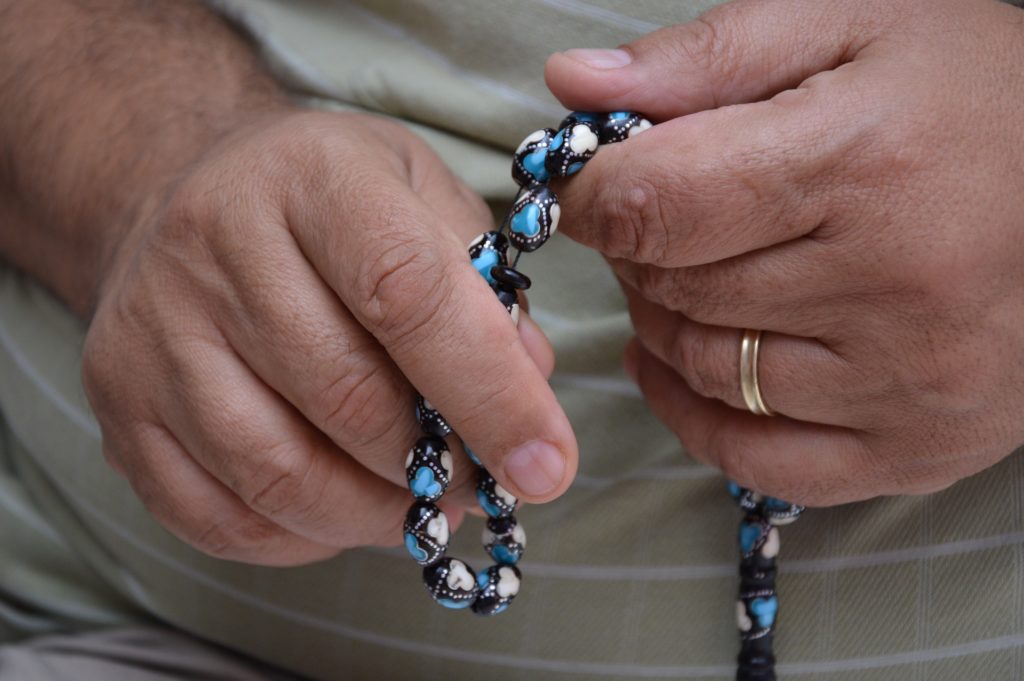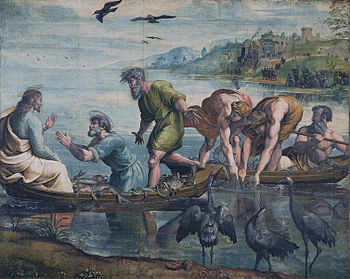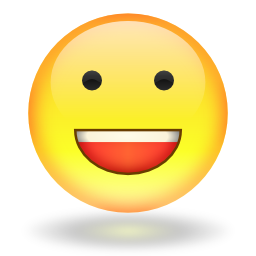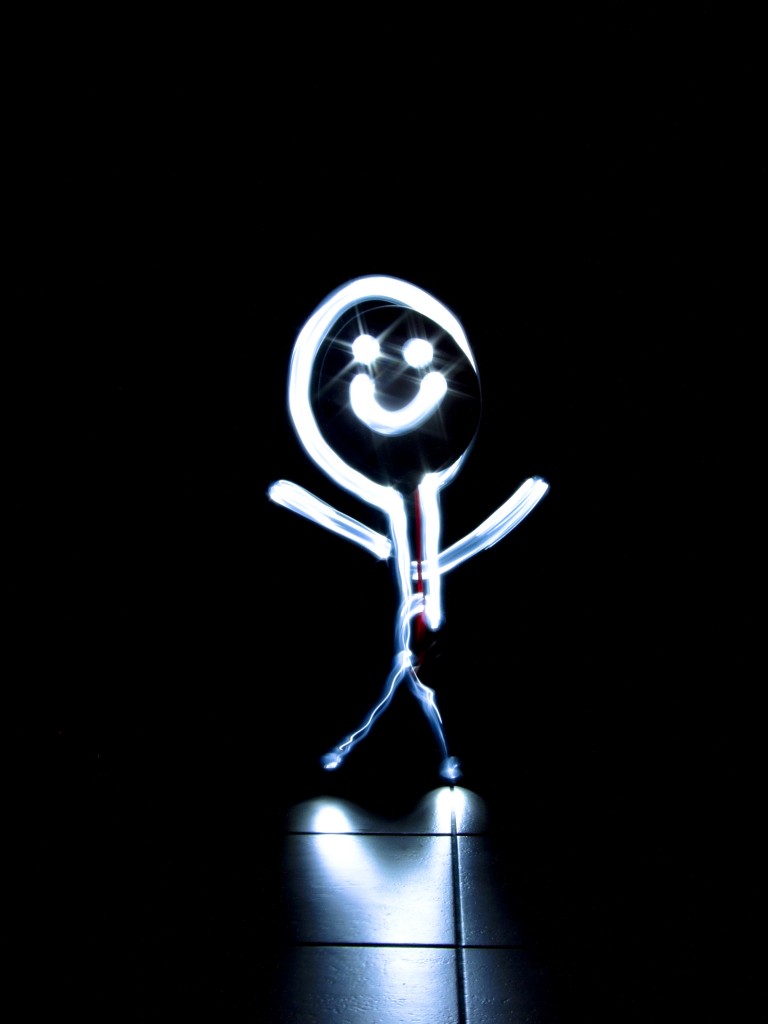Why Rosary Meditation is the Best Meditation
If you are a software developer like me then you probably hear this phrase at least once a week — This is how Google does it. Google, the search engine giant, not only receive accolades for their products but also their development methodology and company culture. They are the gold standard in just about every […]
Why Rosary Meditation is the Best Meditation Read More »






